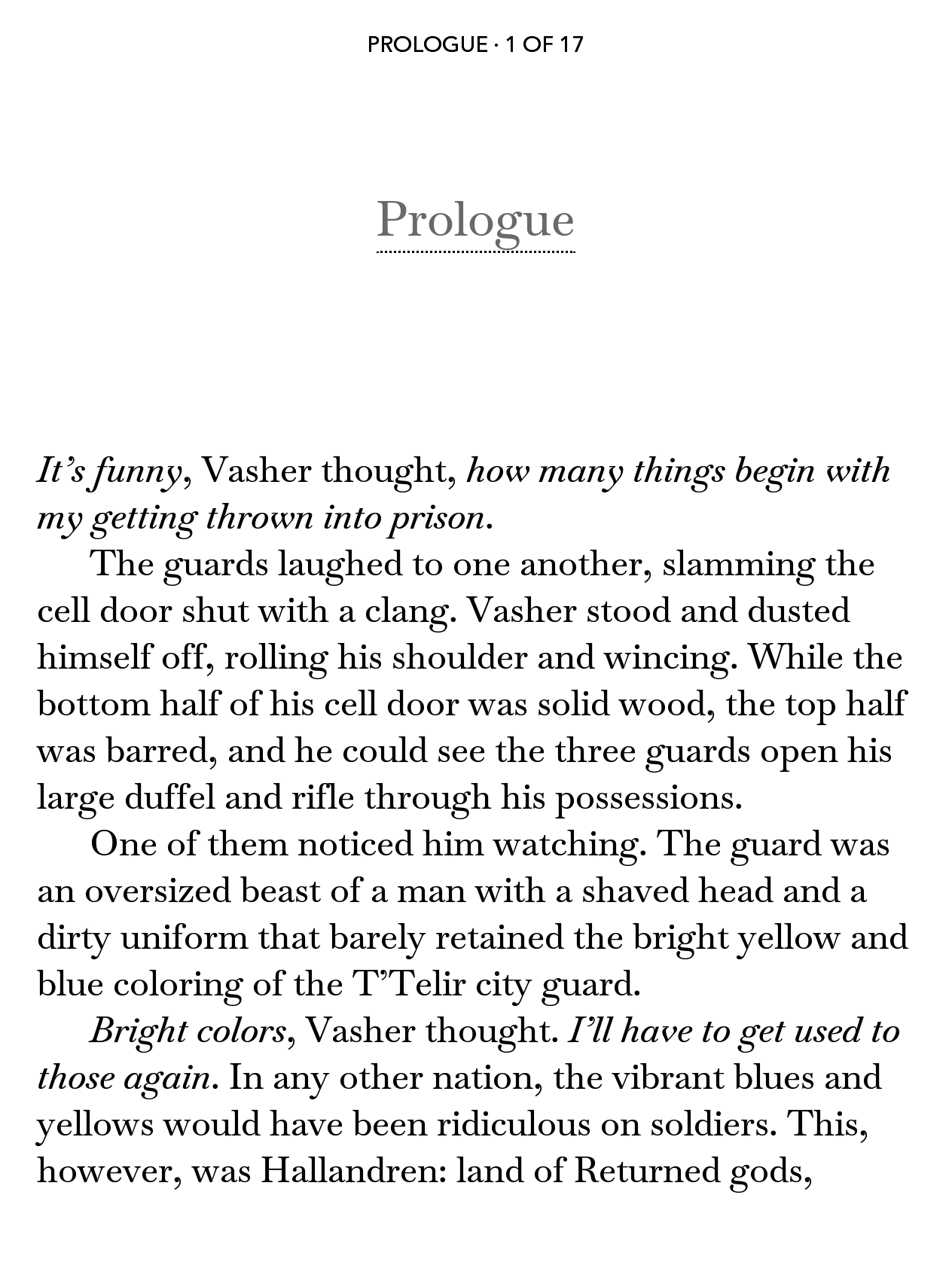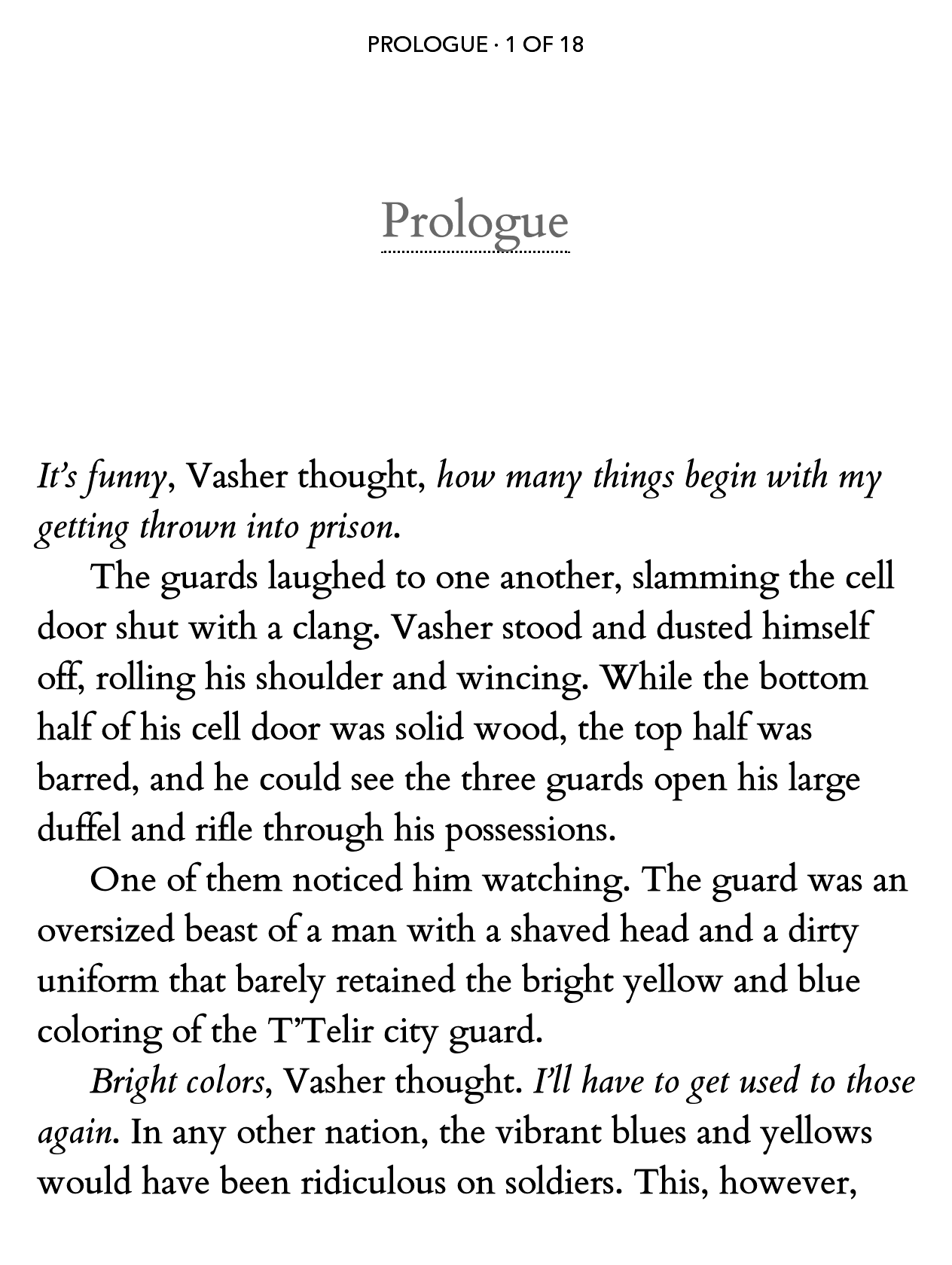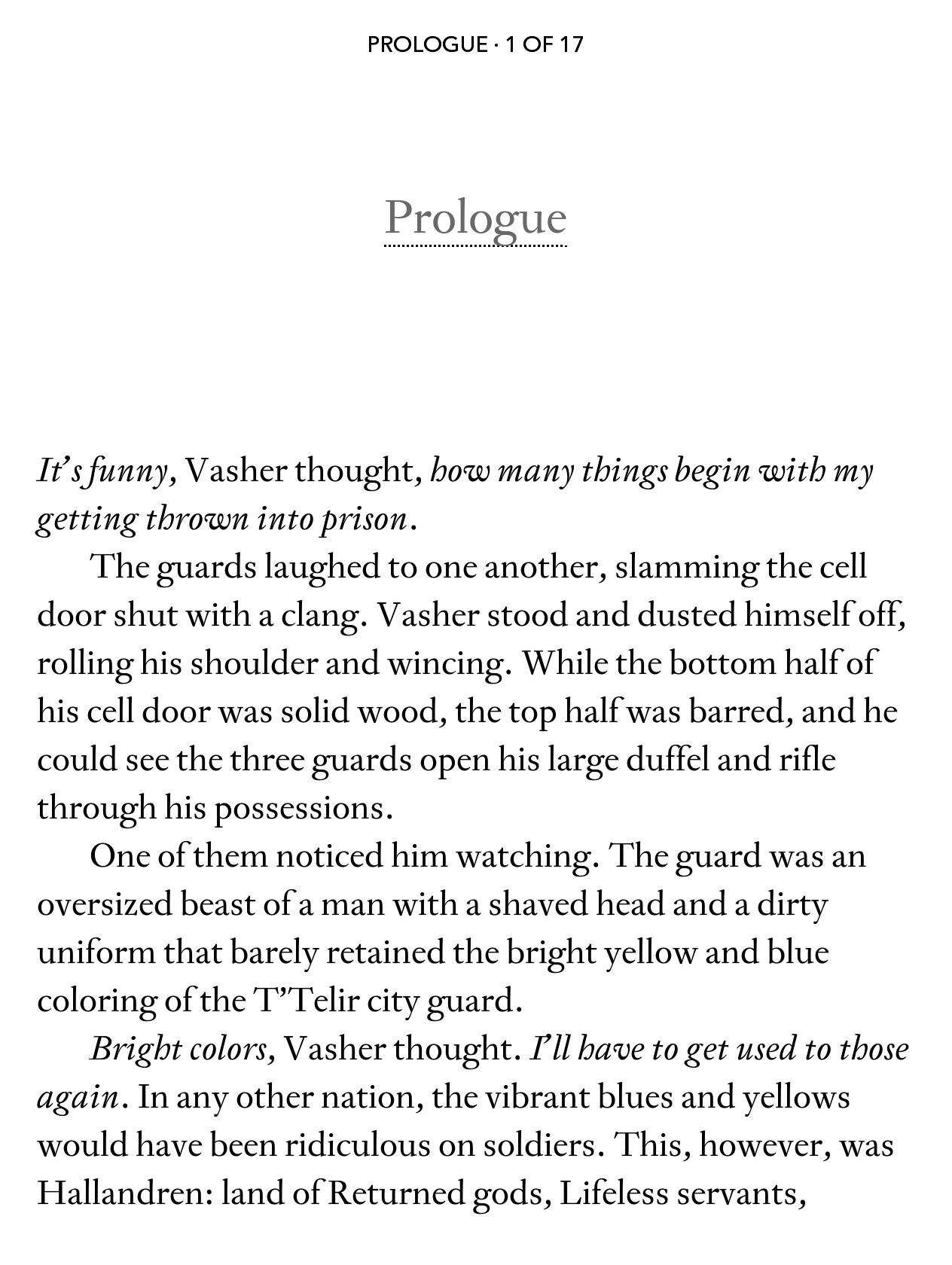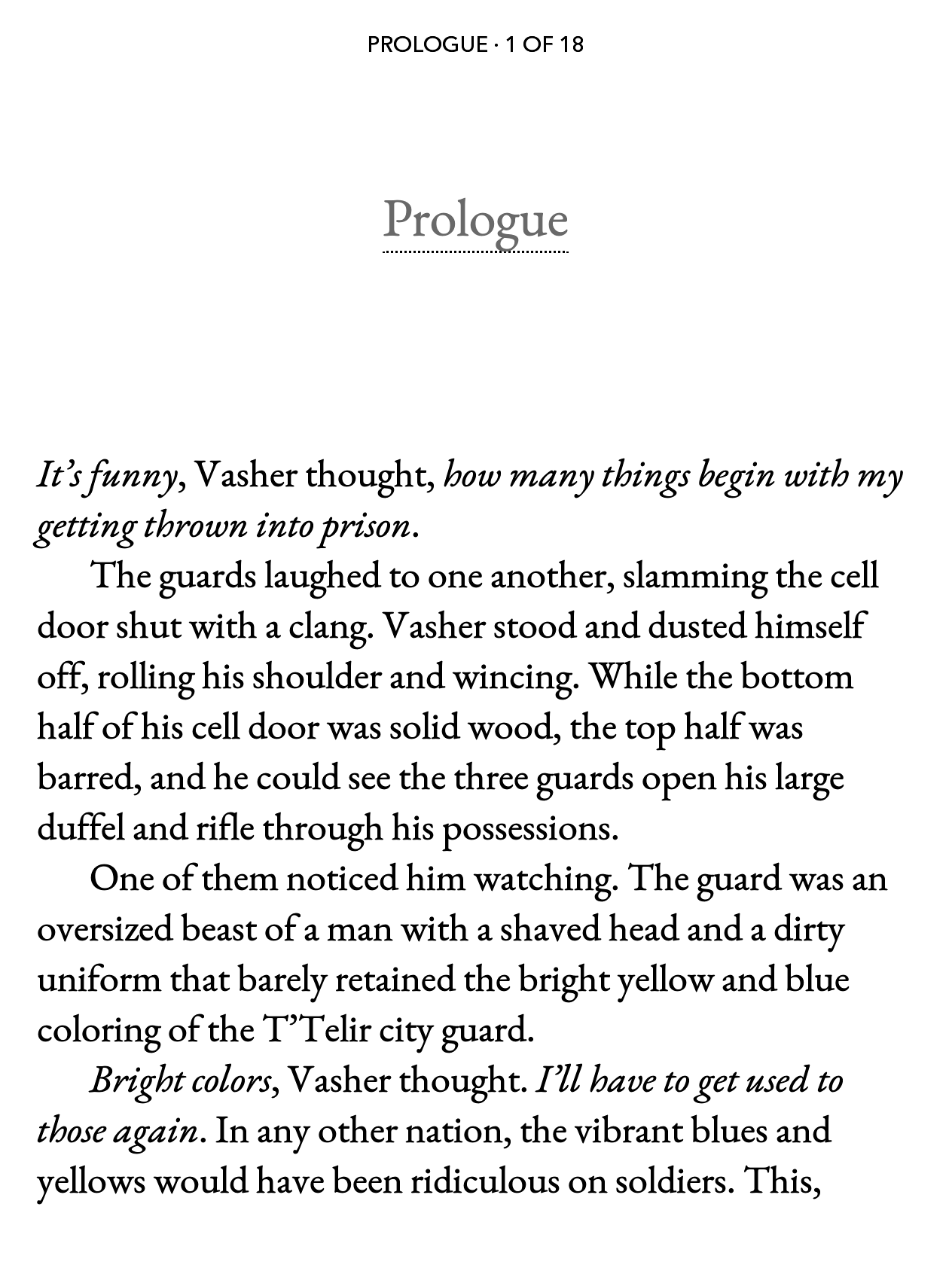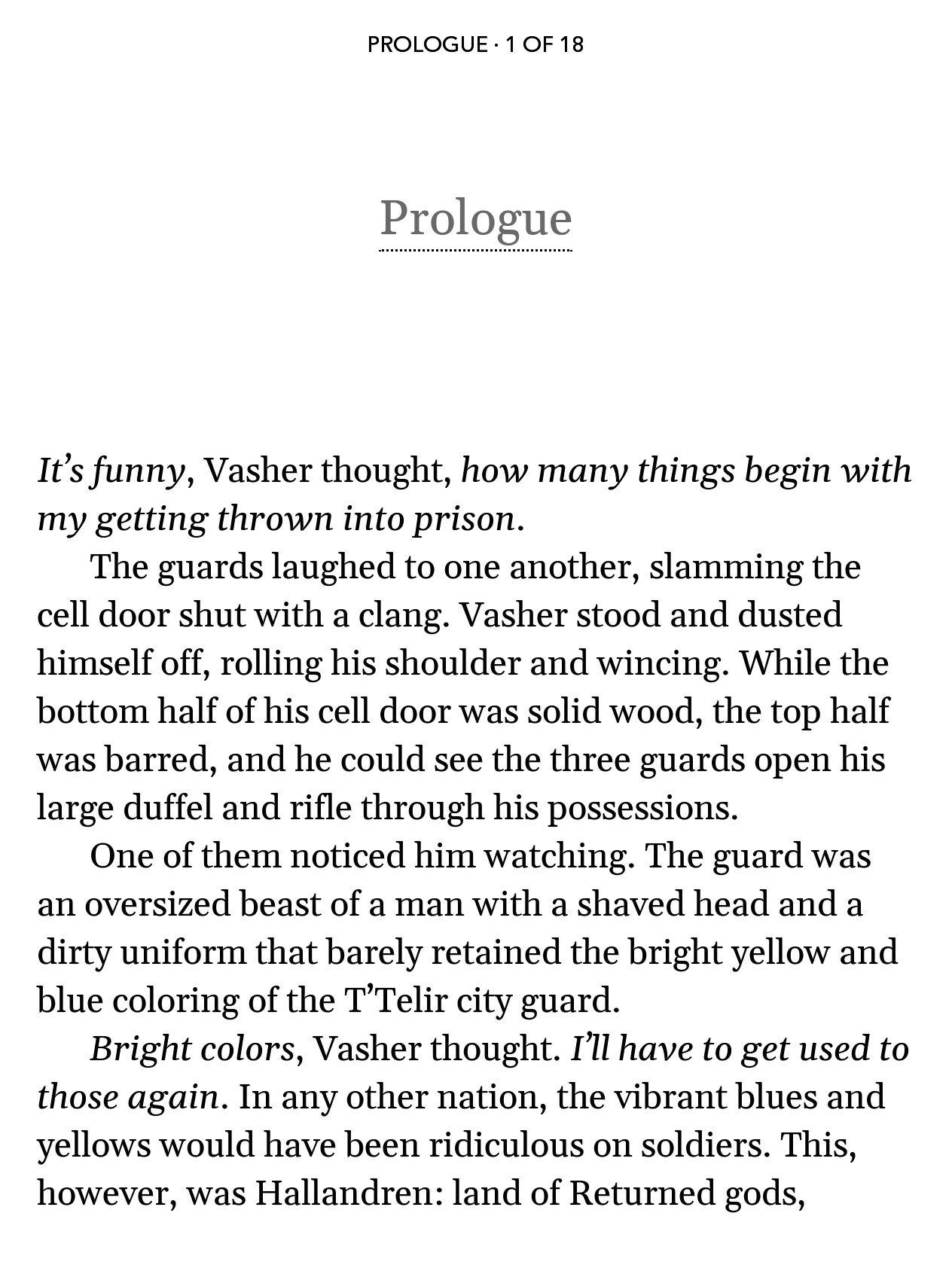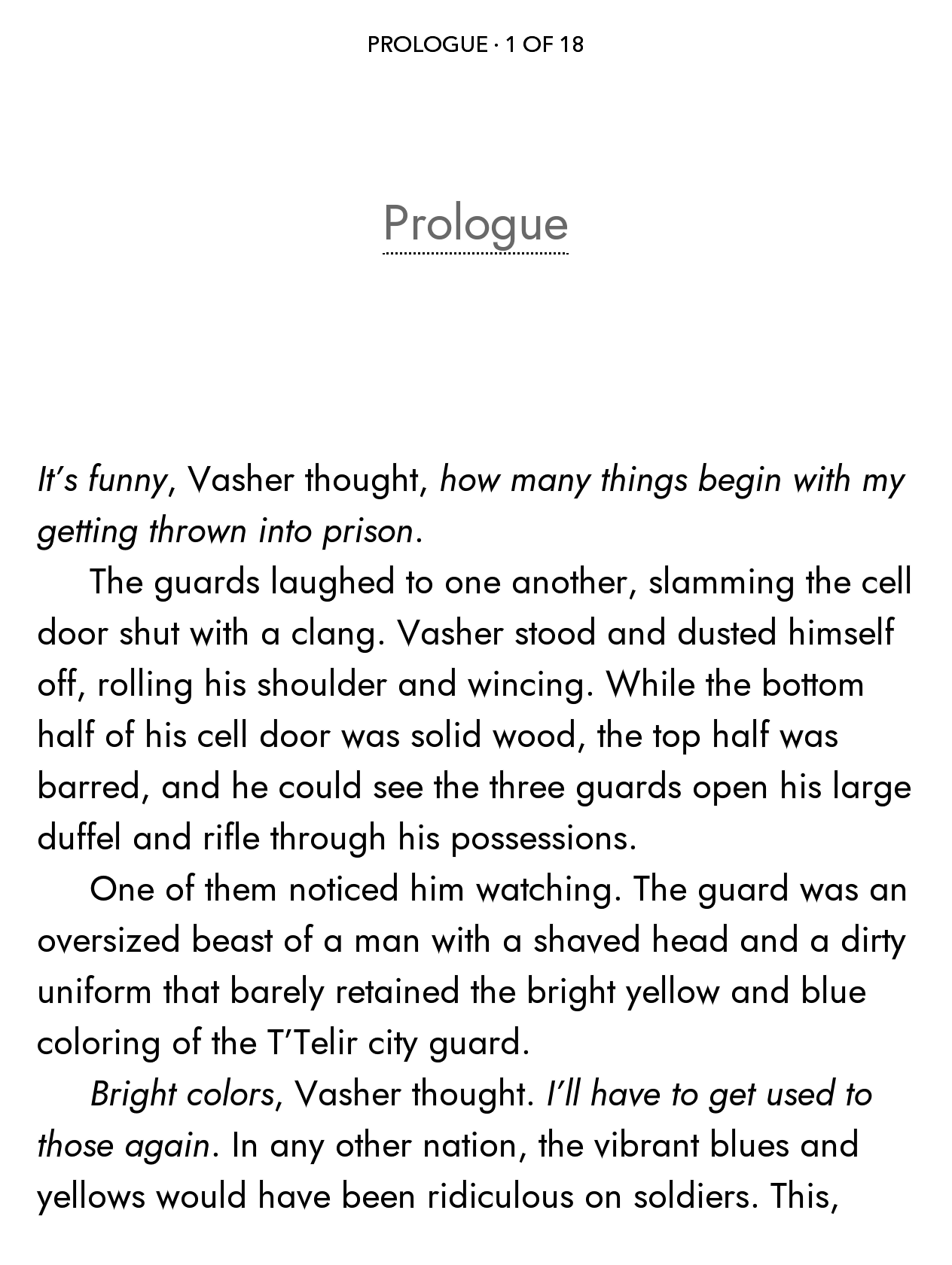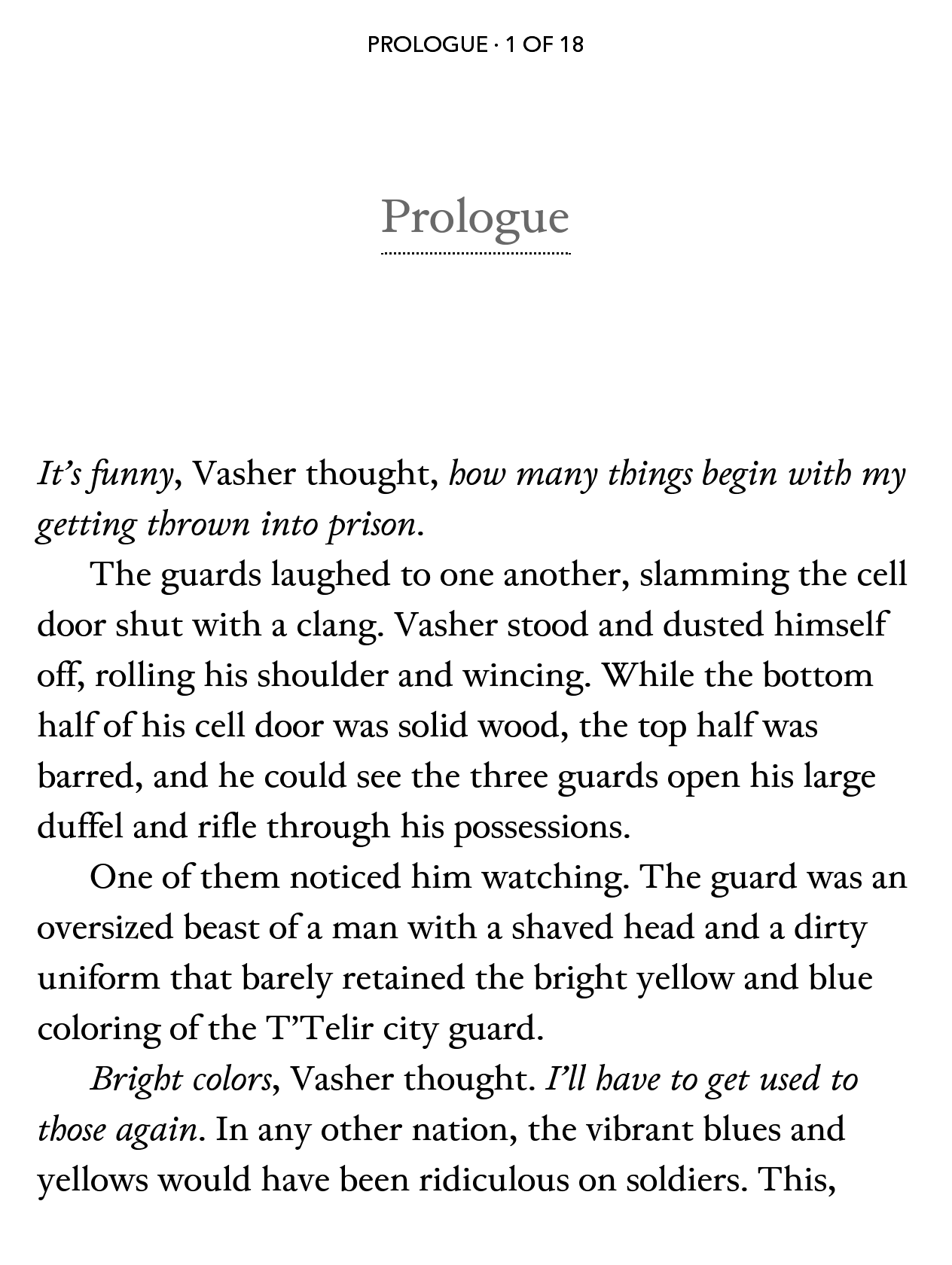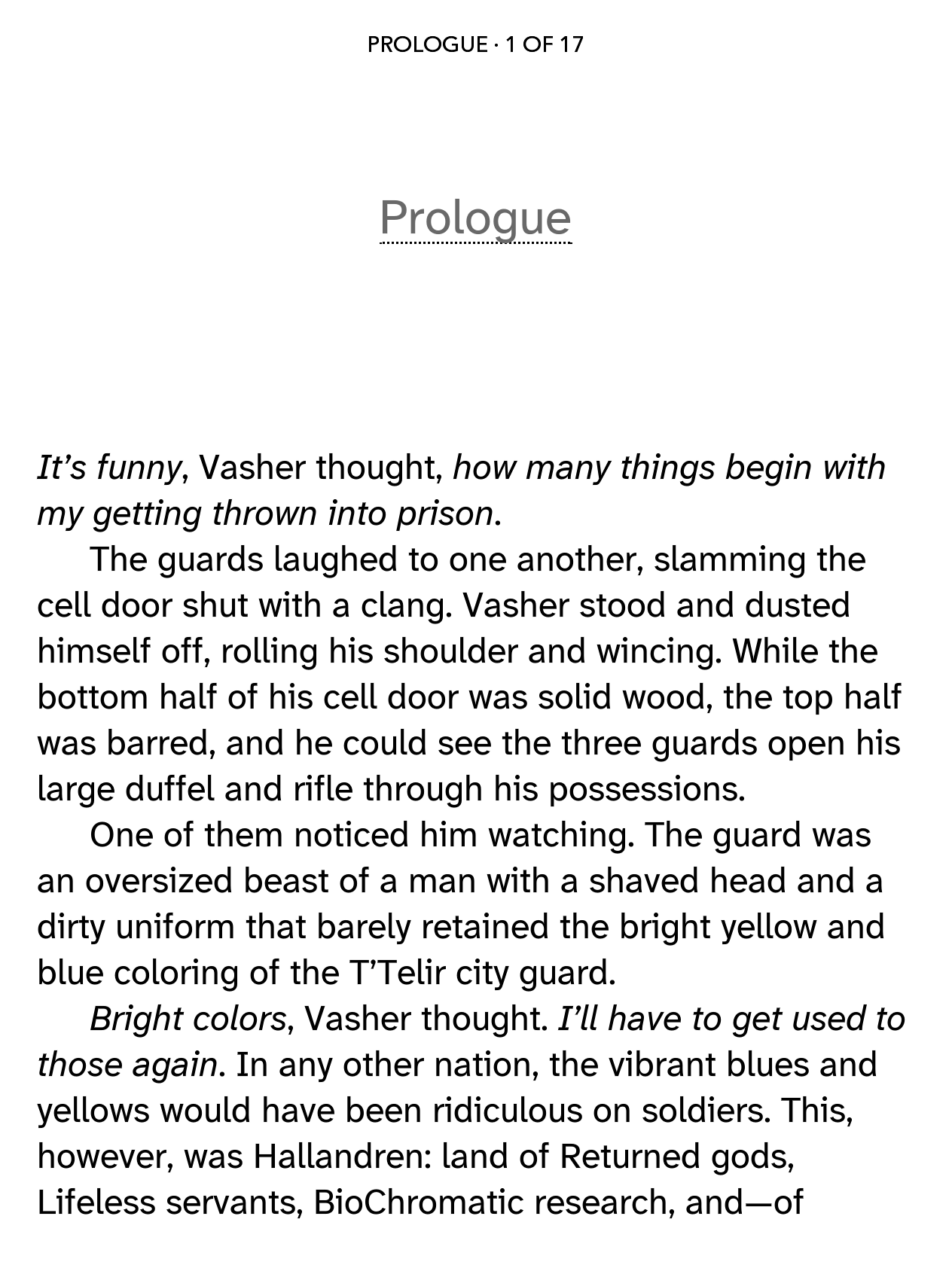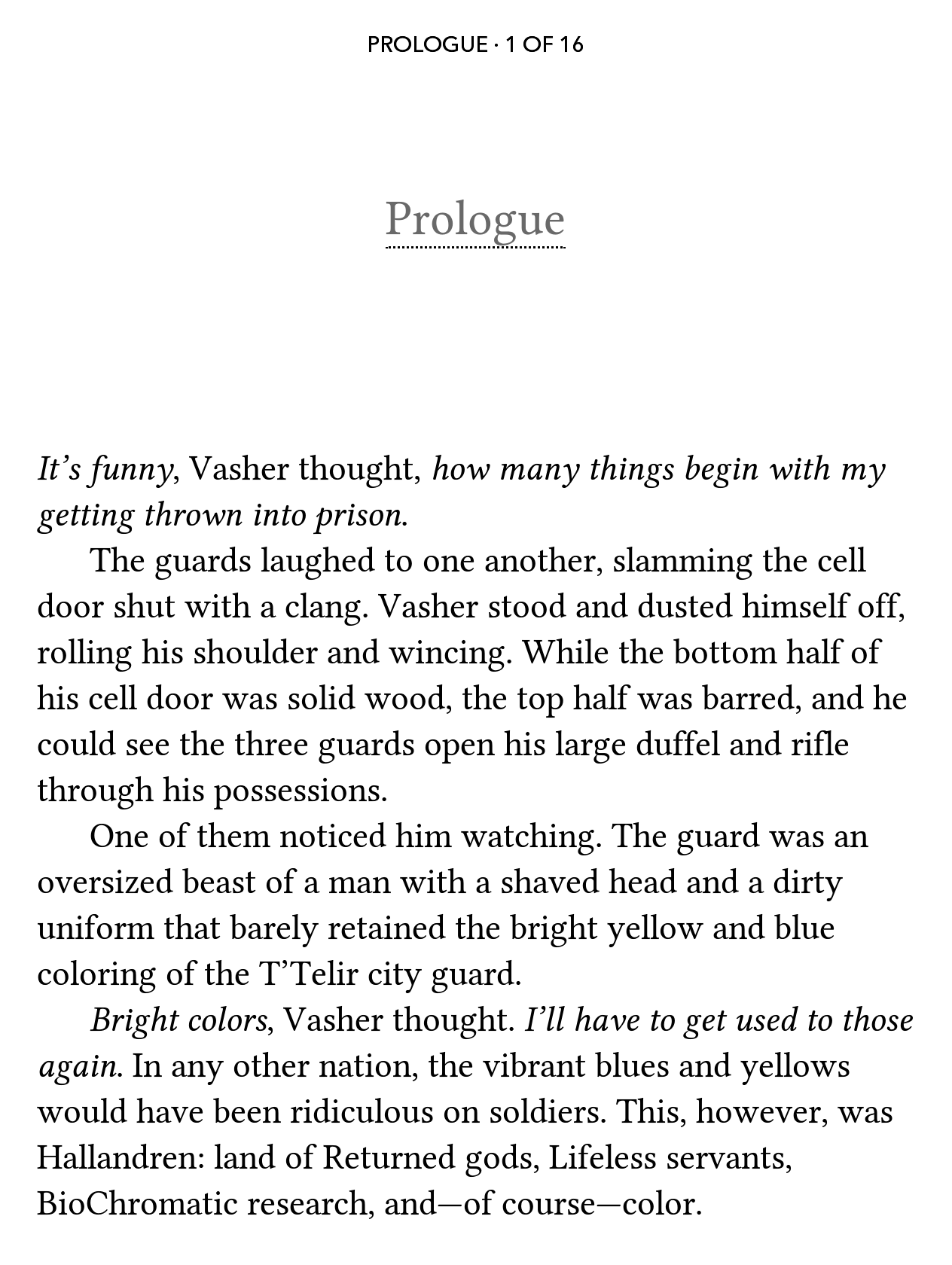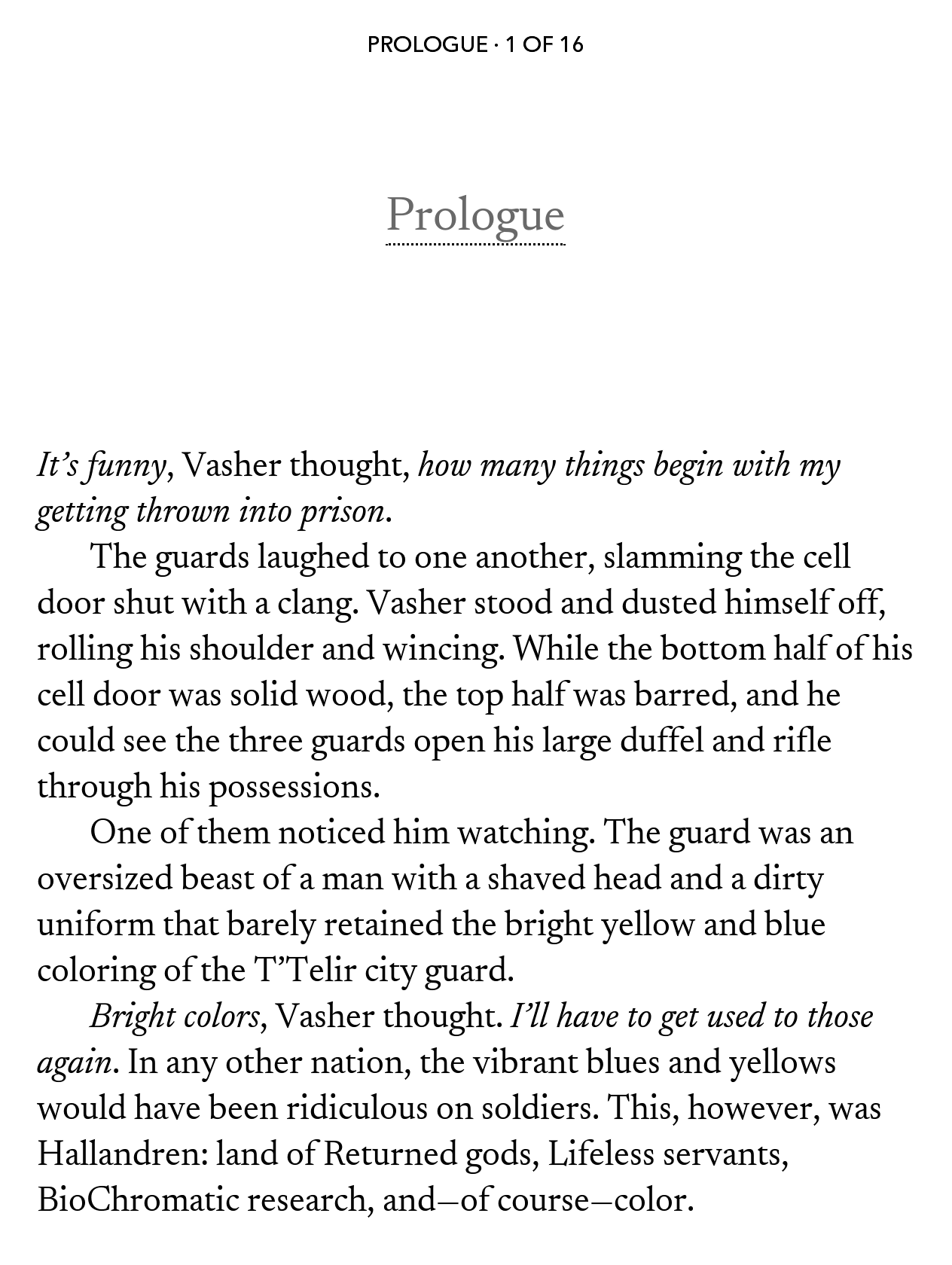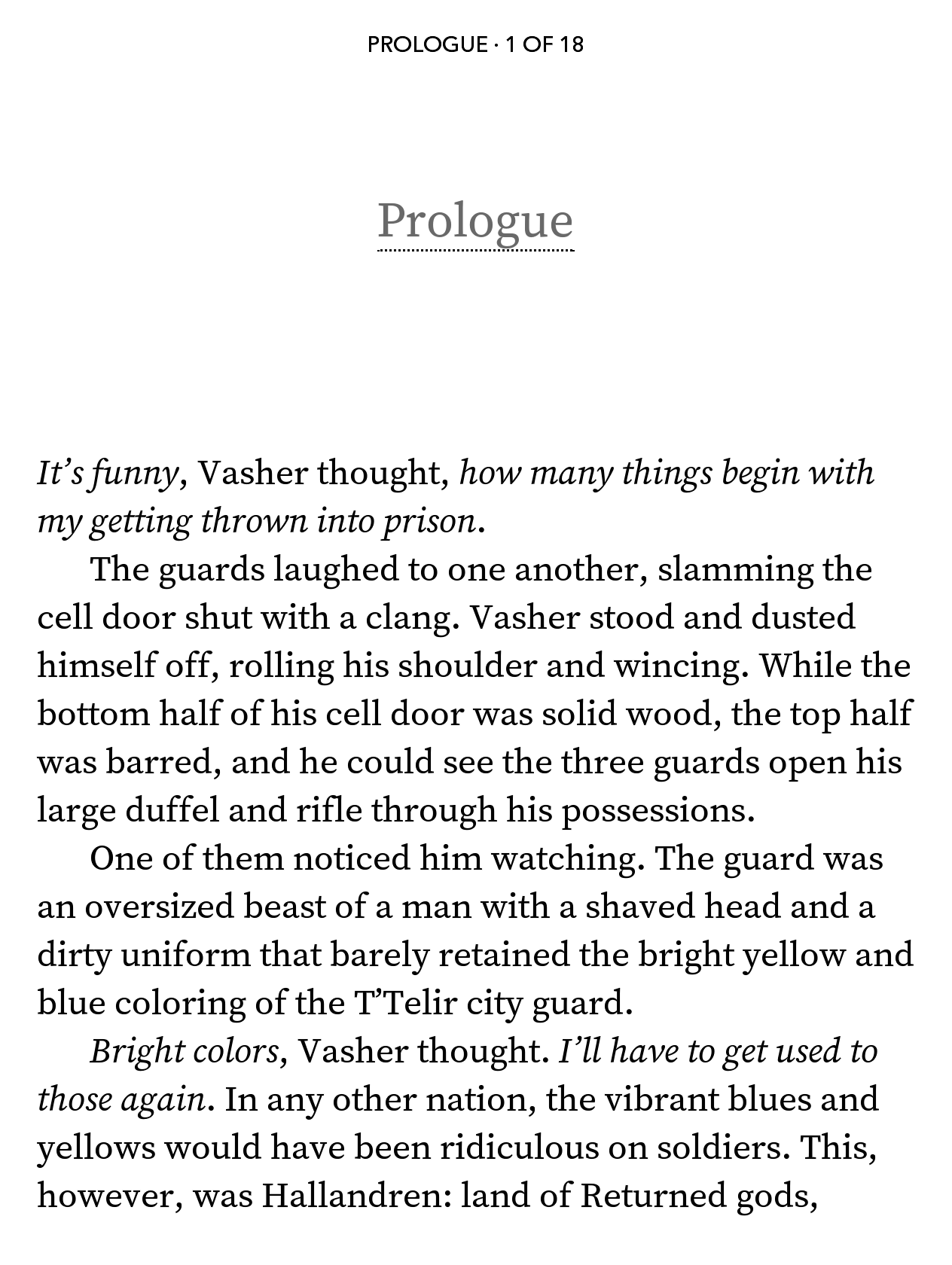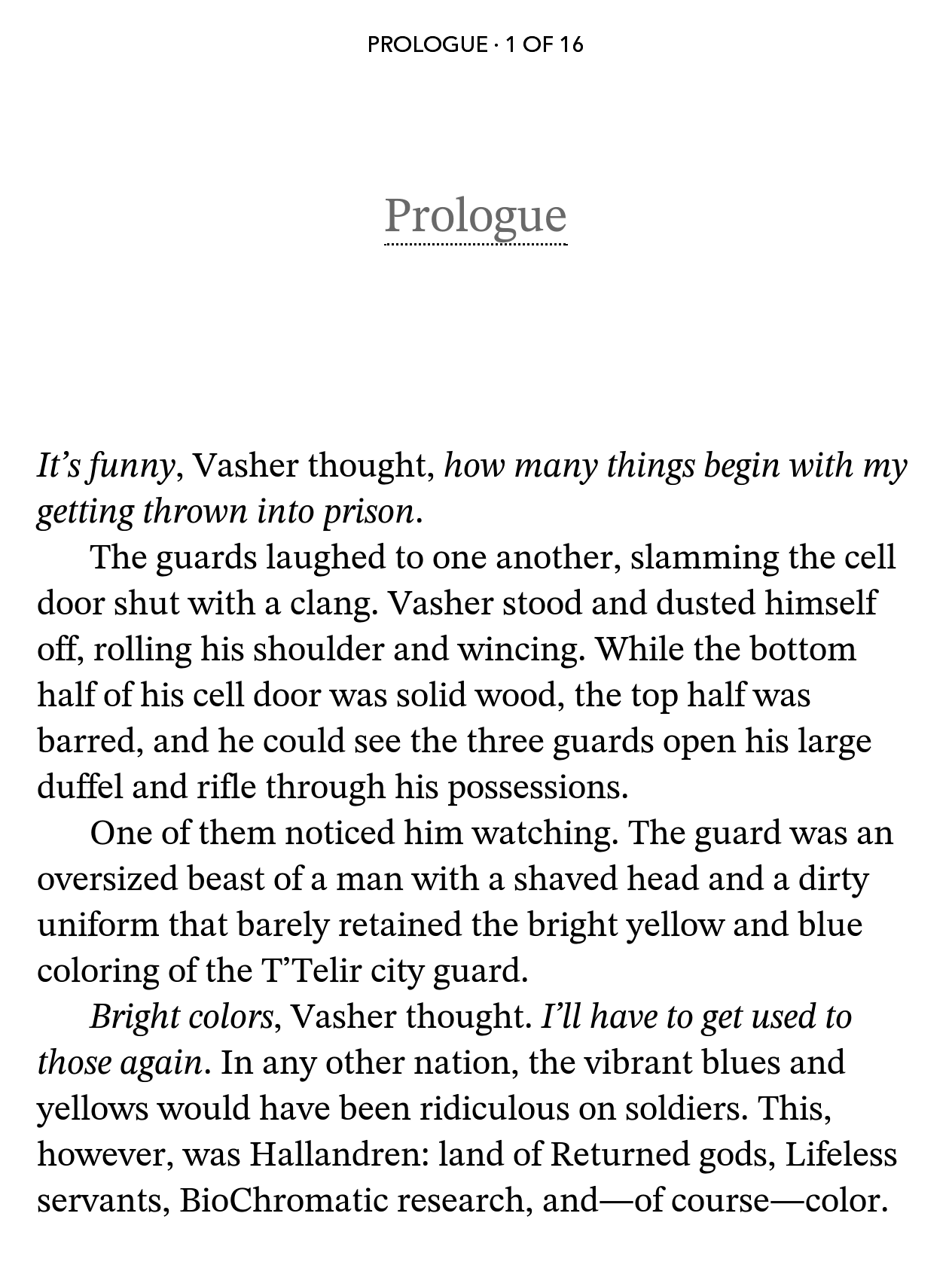12 KiB
Modified fonts for e-reading
This is a selection of fonts that I've tweaked for reading purposes on Kobo devices. These fonts can also be used other devices, including Kindle, Pocketbook, and may also work well for general use (i.e. word processing).
Important
If you found these fonts useful, please consider starring the repository, it helps me understand how useful my work has been.
What is this?
This is a repository that includes various fonts that have been altered in some minor way for better compatibility with e-readers.
For some fonts, font family names have been altered, sometimes glyphs have been altered, sometimes metrics have been altered, all in the interest of consistence and readability.
The main use of these fonts is for usage on an e-reader. I've only selected and altered fonts that I have the rights to alter because of their license (e.g. free/libre license or equivalent).
These alterations were made for my own personal use, but I figure these fonts may be of use to others, so I make them available here. While font names have been changed and this is allowed due to the licensing of each of the source fonts, I have not modified any copyright messages included in the font files and included attribution to the original authors in the document below.
If you're curious, you can learn more about how and why I originally made these tweaked fonts on my website: Patching Fonts for my Kobo. I explain there how this repository came to be.
Included fonts
NV Baskerwil
NV Baskerwil is a version of Baskervville that was extracted from the so it works correctly on Kobo devices. For optimal readability, the Regular and Italic fonts are using a weight of 500 instead of 400.
You can also find the original version of Baskervville on Google Web Fonts. Baskervville was designed by the ANRT students from 2017 (Alexis Faudot, Rémi Forte, Morgane Pierson, Rafael Ribas, Tanguy Vanlaeys and Rosalie Wagner), under the direction of Charles Mazé and Thomas Huot-Marchand. It is available under the OFL license.
NV Bitter
NV Bitter is a version of Bitter that has been renamed so it works correctly on Kobo devices.
You can also find the original version of Bitter on Google Web Fonts. Bitter was designed by Sol Matas, and available under the OFL license.
Note: This font is included by default on newer Kobo devices. On older Kobo devices, like the Kobo Libra 2, it is not available without installing this version. Because this font has a different name, you can install it and it will co-exist alongside the included system font on newer devices.
TODO: All font descriptions below should be updated and contain links to the original source and attribution. Fonts that are already present on Kobo devices should also have the same note as NV Bitter below them.
NV Cardo
NV Cardo is a version of Cardo with 20% spacing and has been renamed so you can keep the original Cardo installed side-by-side as well. Does not have a separate repository because no other changes were applied. OFL licensed.
NV Elstob
NV Elstob is a version of Elstob that has been renamed so it works correctly on Kobo devices. It is based on the 12pt version. Does not have a separate repository because no other changes were applied. OFL licensed.
NV Garamond
NV Garamond is an EB Garamond version that contains a bunch of tweaks, mostly related to glyph sizes. This one has a dedicated repository that I've linked. OFL licensed.
NV Georsio
NV Georsio is a modified version of Gelasio.
NV Jost
NV Jost is a Jost variant, with a slightly altered lowercase G and single storey a (similar to Futura, only accessible via OT feature on the original font). This one has a dedicated repository that I've linked, OFL licensed.
NV Junius
NV Junius is a Junicode 2 variant based on the variable font, with adjusted metrics and a 10% glyph size increase. This one does not have a repository, but can be easily recreated by using Slice, a GUI that allows you to export various fixed configurations.
NV Legible
NV Legible is a variant of Atkinson Hyperlegible Next.
NV Libertinus
NV Libertinus is a variant of Libertinus Serif.
NV Newsreader
NV Newsreader is a variant of Newsreader.
NV Palatium
NV Palatium, is a renamed version of Domitian, which is an extended version of URW Palladio. This one has a dedicated repository that I've linked. Available under a Free license.
NV Source Serif
NV Source Serif is a version of Source Serif 4 with 20% spacing and has been renamed so it works correctly on Kobo devices. Does not have a separate repository because no other changes were applied. OFL licensed.
NV Technical
NV Technical is a variant of STIX Two Text.
How to install
To install these fonts on your Kobo, unzip the files and drag the font files into the fonts directory at the root of your Kobo device after connecting your Kobo to your PC via USB cable. You may need to create the fonts directory.
I recommend rebooting your Kobo after installing the fonts to make sure they work correctly. A reboot is REQUIRED if you already had other versions of these fonts installed on your device, or the new versions won't be used.
To reboot, long-press the power button until your Kobo says it has been shut down. Then, press the power button again and wait for your device to restart.
FAQ
Where can I download these fonts?
The fonts are available via the releases section on GitHub.
Why did you alter these fonts?
Please go take a look at my blog post, Patching Fonts for my Kobo. It's part of a series of posts related to customizing fonts for the most optimal (subjective) e-reading experience.
Can I easily test these fonts to see what they look like?
I hope that the screenshots above do a good job at showing what they look like. If you want to further tune the fonts, you can do so in any book you have on your device, but I also provide a reference "book" you can download.
This document is called Evaluating typefaces for electronic reading, and contains markup to test various font styles and some more information about the included fonts.
You can get the Kobo epub or regular epub, which you should be able to copy to your e-reader.
What tweaks have been applied to these fonts?
All of the fonts have been renamed (using fontname.py). This way, you can keep them installed side-by-side with the original versions, if you'd like. This is also a requirement of the Open Font License, which does not allow you to redistribute the fonts using the original name if they have been altered.
Some practical changes to the fonts themselves have been made, including:
- I've normalized metrics for all fonts to a 20% line height (using
font-line percent 20). Some fonts rendered poorly on Kobo devices with the line height slider all the way to the left. This fixes that! - Incorrect PANOSE information has been corrected where necessary (using panosifier). This ensures that the fonts render correctly on Kobo devices. For some fonts, incorrect information meant that the fonts would always render using their Bold style, for example.
- Certain fonts have had their glyphs rescaled. In particular, NV Junius and NV Garamond have had their glyph sizes increased by 10%, making them seem visually larger, and more consistent in size with the other fonts included in this collection. If you like to stick to a certain font size, you won't need to constantly tweak things if you swap to a different font.
How are these fonts licensed?
Most of these fonts are available under their original Open Font License. Because of licensing rules, the font names have been modified to include a prefix to avoid confusion with the original fonts.
NV Charter is available under the original Bitstream license. The original LICENSE file is embedded within my version of the fonts, and also included in the repository for legal reasons.
Is there anything else I should do to to get a better reading experience with these fonts?
If you are manually transferring books to your Kobo devices, you should consider converting epub files to kepub files.
To do this, you can use kepubify or use Calibre. This ensures that your Kobo device will use a superior and faster book renderer. This renderer also gives you broader font compatibility.
What version of the Kobo operating system did you last test the fonts with?
The last release was tested on a Kobo Libra Color running firmware version 4.42 and on a Kobo Libra 2 running version firmware 4.38. The screenshots you see above were made on a Kobo Libra 2 running NickelMenu with this configuration.
What is your favorite font from the collection?
Charter is a timeless classic, so it is my preferred reading font.
Why did your prefix the fonts with "NV"?
Well, those are my initials... also, I like to think of the prefix to mean "Nice Version" or "Nico's Version". (I initially suffixed them with "eBook" but I wanted to have shorter font names for display purposes on smaller e-ink devices.)
In your original blog post, you made various fonts available. Where are those?
Included in the repository right now are only my tweaked fonts, which have all be prefixed with NV. However, the older release may still be of interest as I've included my initial batch of tweaked fonts mentioned in the blog post there.
Why were some of the font names altered?
Some are easter eggs or fun references to the original name:
- Baskerwil because of Baskervil because of the historical context related to the revival of Baskervville
- Junius instead of Junicode because the latter actually a shorthand for "Junius-Unicode"
- Palatium as a reference to the Palatine hill in Italy, but it's the Roman name; I couldn't use Palatino and didn't want to use Palatine
I've discovered a problem with one of the fonts. What should I do?
If you're having an issue you think I can fix, please get in touch with me and let me know what the issue is. I may be able to help.
It is possible that certain issues are resolved by updating the fonts with the upstream version, which may need to happen every now and then.
